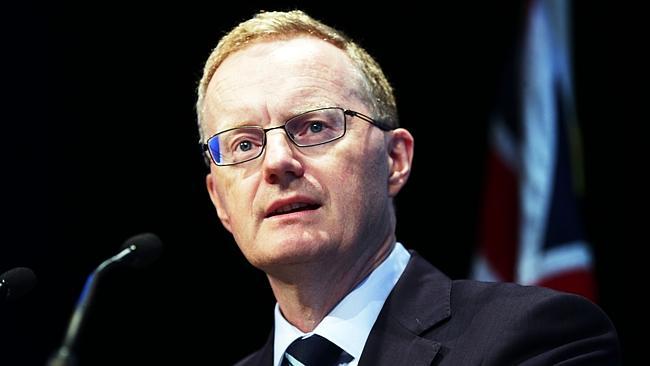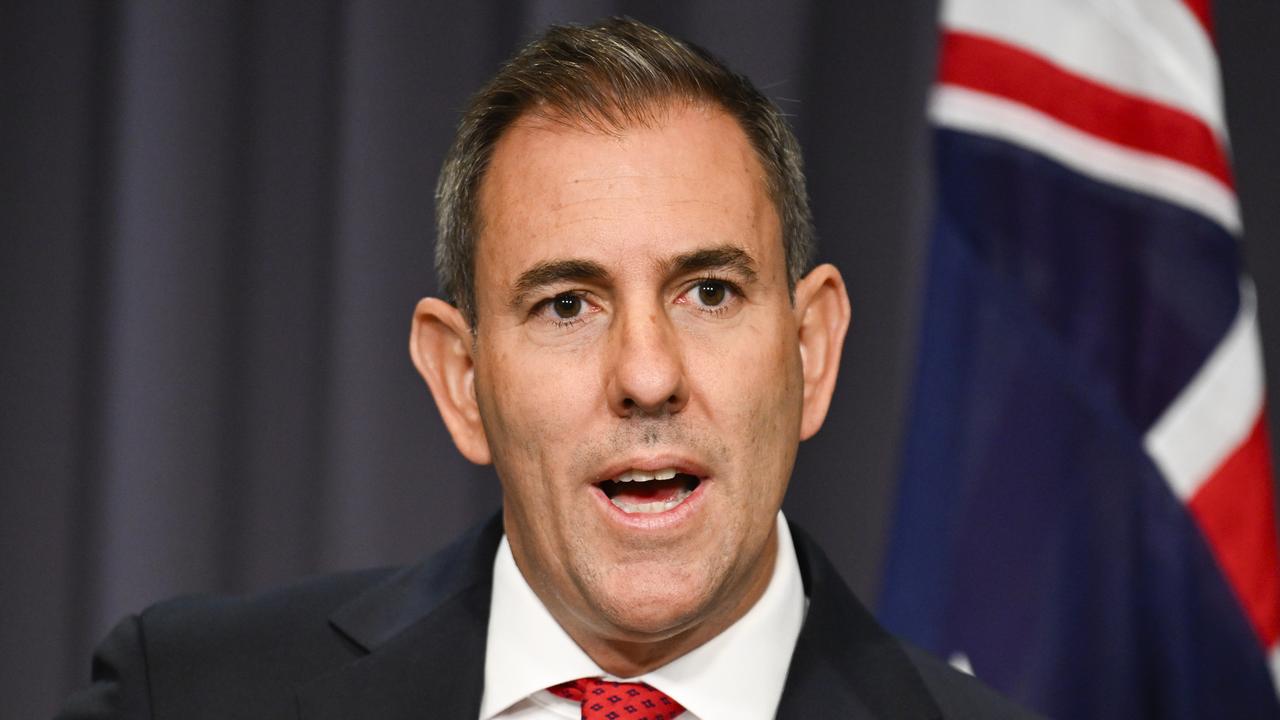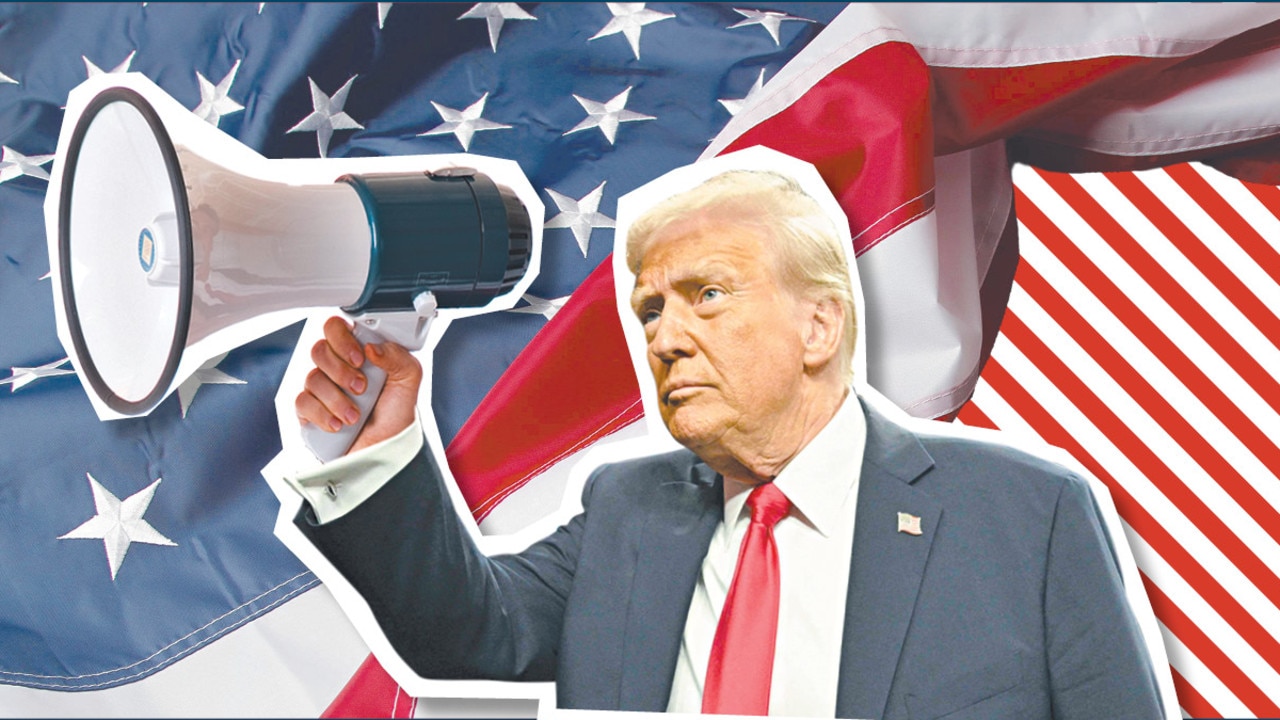Philip Lowe: Australian dollar still too high
AGGRESSIVE monetary easings and currency devaluations by the world’s central banks are having a big impact on the setting of local interest rates.

AGGRESSIVE monetary easings and currency devaluations by the world’s central banks are having a big impact on the setting of interest rates in Australia, while keeping the local currency artificially high, the country’s central bank said.
“The scale of global monetary stimulus means that our exchange rate remains relatively high given the state of our overall economy,” the deputy governor of the Reserve Bank of Australia Philip Lowe said in speech at a Sydney conference today.
“The end result here is that global developments have left us with a higher exchange rate and lower interest rates than would otherwise have been the case,” Mr Lowe added. “We may not like this configuration, but developments abroad give us little choice.”
His remarks underscore the level of concern at the central bank about the potential for relatively high local interest rates to attract capital inflows that will keep the Australian dollar elevated.
The bank cut its benchmark interest rate at the start of February to a record low 2.25 per cent, citing falling yields globally among its reasons for the decision.
It joined a string of central banks including China, India, the Monetary Authority of Singapore, Reserve Bank of New Zealand, European Central Bank, Bank of Canada and the central banks of Denmark and Switzerland in either announcing substantial policy shifts or easing monetary settings — in some cases dramatically — since the start of the year.
Nations cutting interest rates or engaging in stimulus measures are hoping to boost domestic growth and employment by weakening their currencies, making exported goods more competitive overseas. Still, currency depreciation also raises the risk of a tit-for-tat race to the bottom, as trading partners seek to outdo one another only to find gains are limited.
In Australia, the February rate cut marked a big change in direction for the bank. Throughout last year, the RBA repeatedly stressed it would be appropriate for rates to remain stable for some time.
The bank faces a delicate balancing act, however, as low interest rates risk stoking an already overheating housing market, which may derail a fragile economic recovery.
At its monthly meeting on Tuesday the bank kept interest rates unchanged, citing housing market risks, though it left open the option of further interest rate cuts this year as China’s recent weakening hurts the resource-rich economy.
Mr Lowe said the decision to cut interest rates in February was motivated not by concerns that growth was weakening, but more that an anticipated recovery had yet to emerge.
“This was not because things had turned for the worse, but rather because of the lack of compelling signs that economic growth was picking up,” Mr Lowe said.
Falling business investment as a decade-long mining boom fizzles has slowed Australia’s economy over the past year, pushing unemployment to about 13-year highs. Firms expect weak investment to extend into next year.
Still, Mr Lowe said a fall in the Australian dollar over the past year was beginning to have some positive effects on the economy.
“In our liaison program a number of businesses have reported that they see the lower exchange rate as opening up new opportunities. In time, we should see the effect of this on domestic production and spending,” he said.



